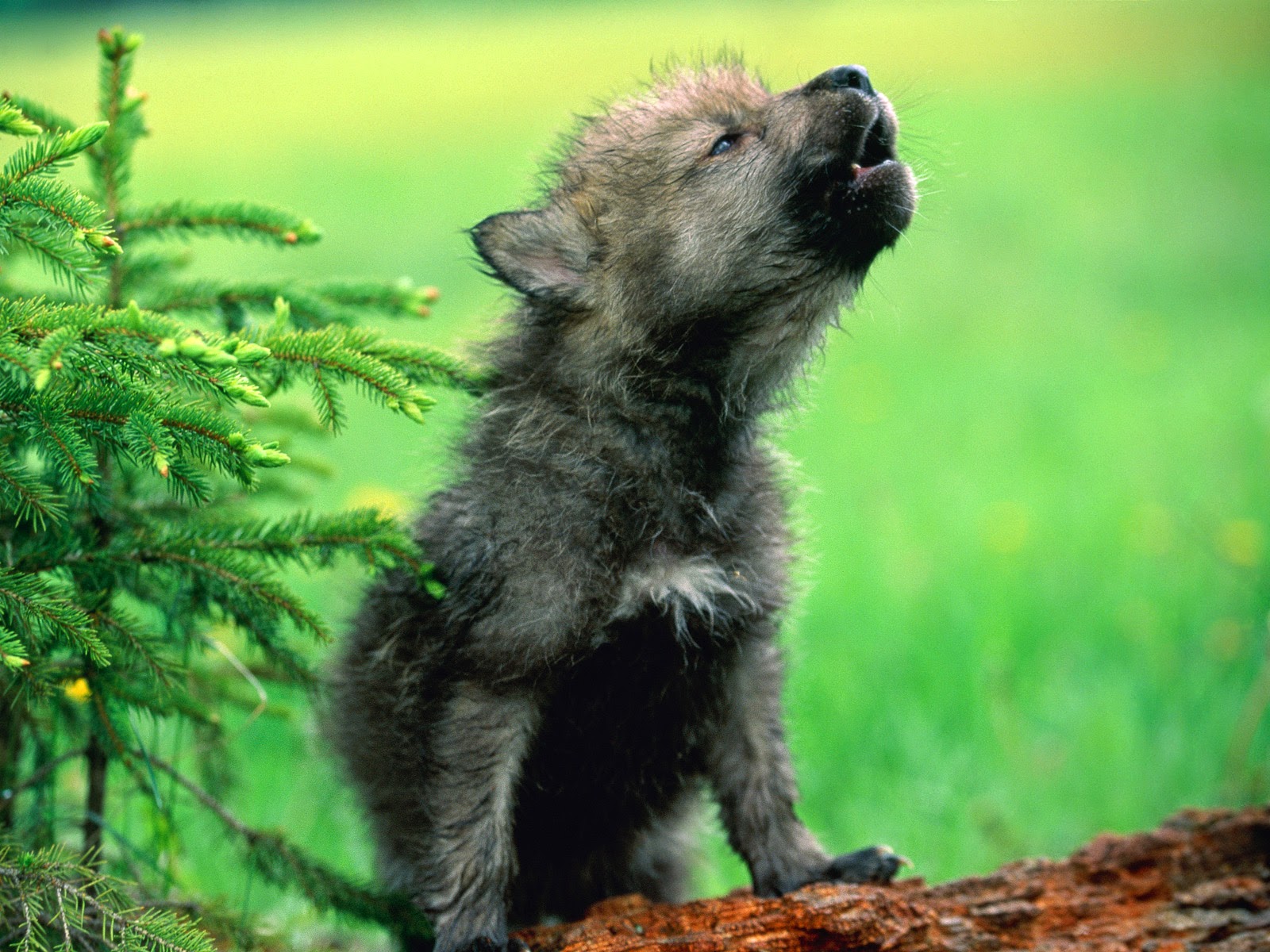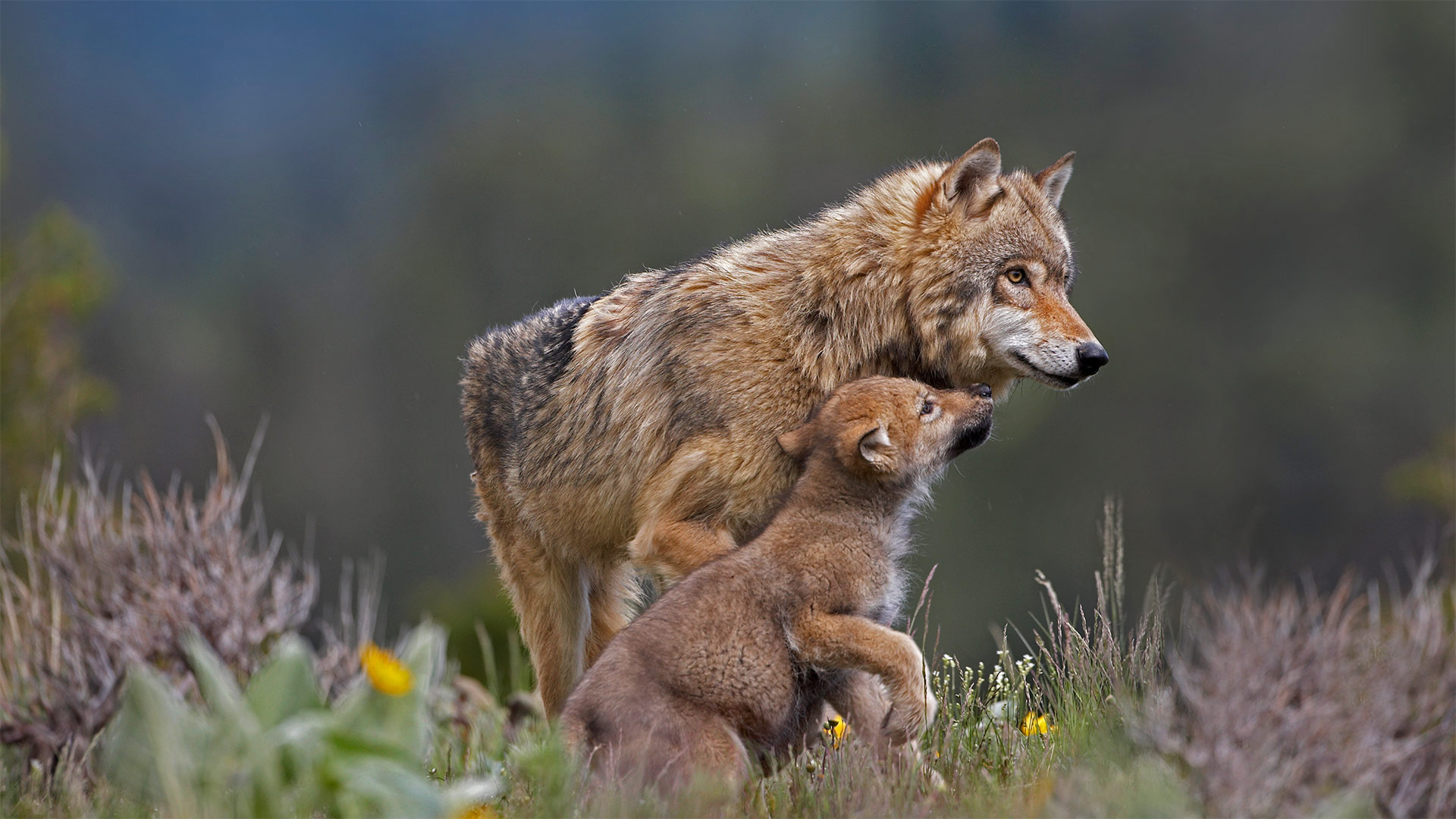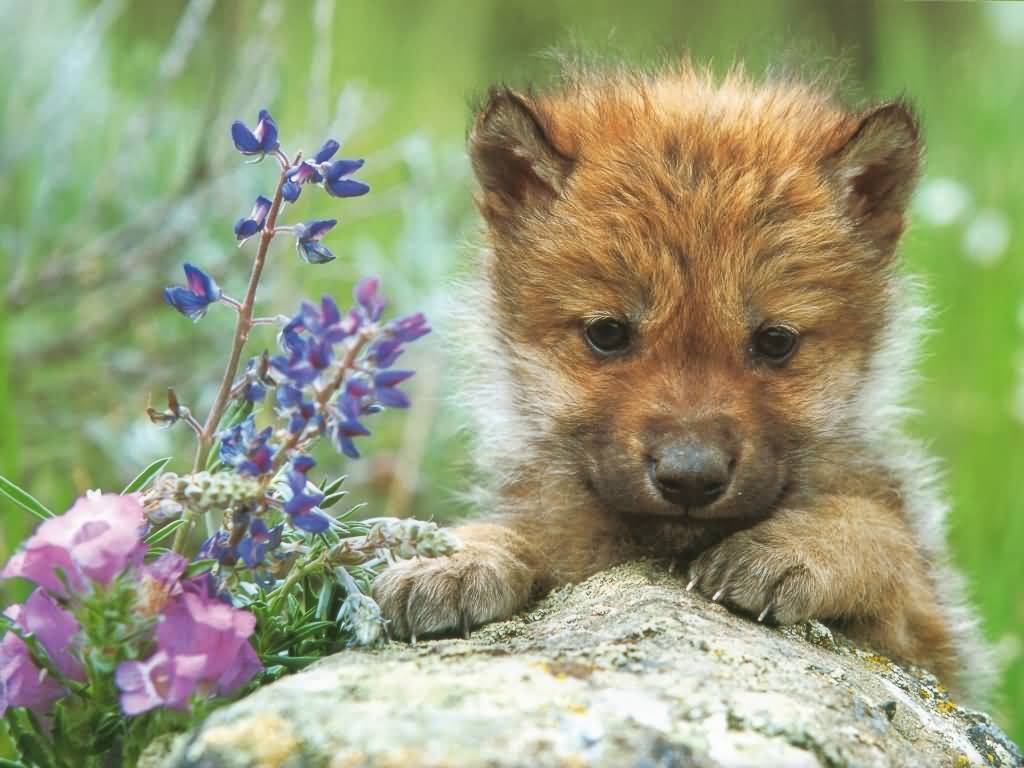
Introduction
Wolf pups are adorable and alluring creatures that captivate the hearts of many nature enthusiasts. These young members of the wolf family, scientifically known as Canis lupus, are born into a world of wonder and adventure. In this article, we will delve into the fascinating life of a wolf pup and explore their development, behavior, and unique characteristics.
Birth and Early Life

Wolf pups are typically born in the spring, between April and May, in a safe and well-hidden den. The mother wolf, also known as a she-wolf, carefully selects a den site to protect her young from potential predators. These dens can be found in caves, burrows, or even hollowed-out trees.
At birth, wolf pups are blind and weigh around one pound. They heavily rely on their mother for warmth, protection, and nourishment. The mother wolf ensures the den is clean and free from any potential threats, allowing the pups to grow and develop in a secure environment.
Development and Growth

During the first few weeks, the wolf pups' eyes gradually open, revealing their striking blue color. As they begin to explore their surroundings, their coordination and mobility improve rapidly. They quickly learn to walk, play, and interact with their littermates.
The mother wolf plays a crucial role in the pups' development. She provides them with milk for the first few weeks, and as they grow, she introduces them to regurgitated food brought by the adult pack members. This process helps the pups transition from a solely milk-based diet to solid food, preparing them for their independent lives.
Socialization and Pack Life

Wolf pups are highly social animals that thrive in a pack. As they grow older, they begin to engage in social activities with their littermates and other pack members. These interactions are crucial for developing their communication skills, hierarchy understanding, and hunting techniques.
Within a pack, each individual has a specific role and responsibility. The older pack members, such as the alpha male and female, guide and teach the young pups, while the other adults participate in hunting and protecting the pack's territory. This intricate social structure ensures the survival and success of the pack as a whole.
Adolescence and Independence

As wolf pups reach their adolescent stage, they become more independent. They start accompanying the adult pack members on hunting trips, observing and learning essential skills for their future roles within the pack. This period of transition prepares them for eventual dispersal from their natal pack.
Once they reach sexual maturity, usually around the age of two, wolf pups may leave their natal pack to find a mate and establish their own territory. This dispersal helps prevent inbreeding and promotes genetic diversity within wolf populations.
Conservation and Challenges

Despite their captivating nature, wolf populations face numerous challenges and are often subjected to habitat loss, hunting, and human-wildlife conflicts. Conservation efforts are essential to protect these magnificent creatures and ensure their survival in the wild.
By understanding the importance of wolves in maintaining ecosystem balance and promoting coexistence, we can work towards preserving their habitats and implementing sustainable practices that allow wolf populations to thrive.